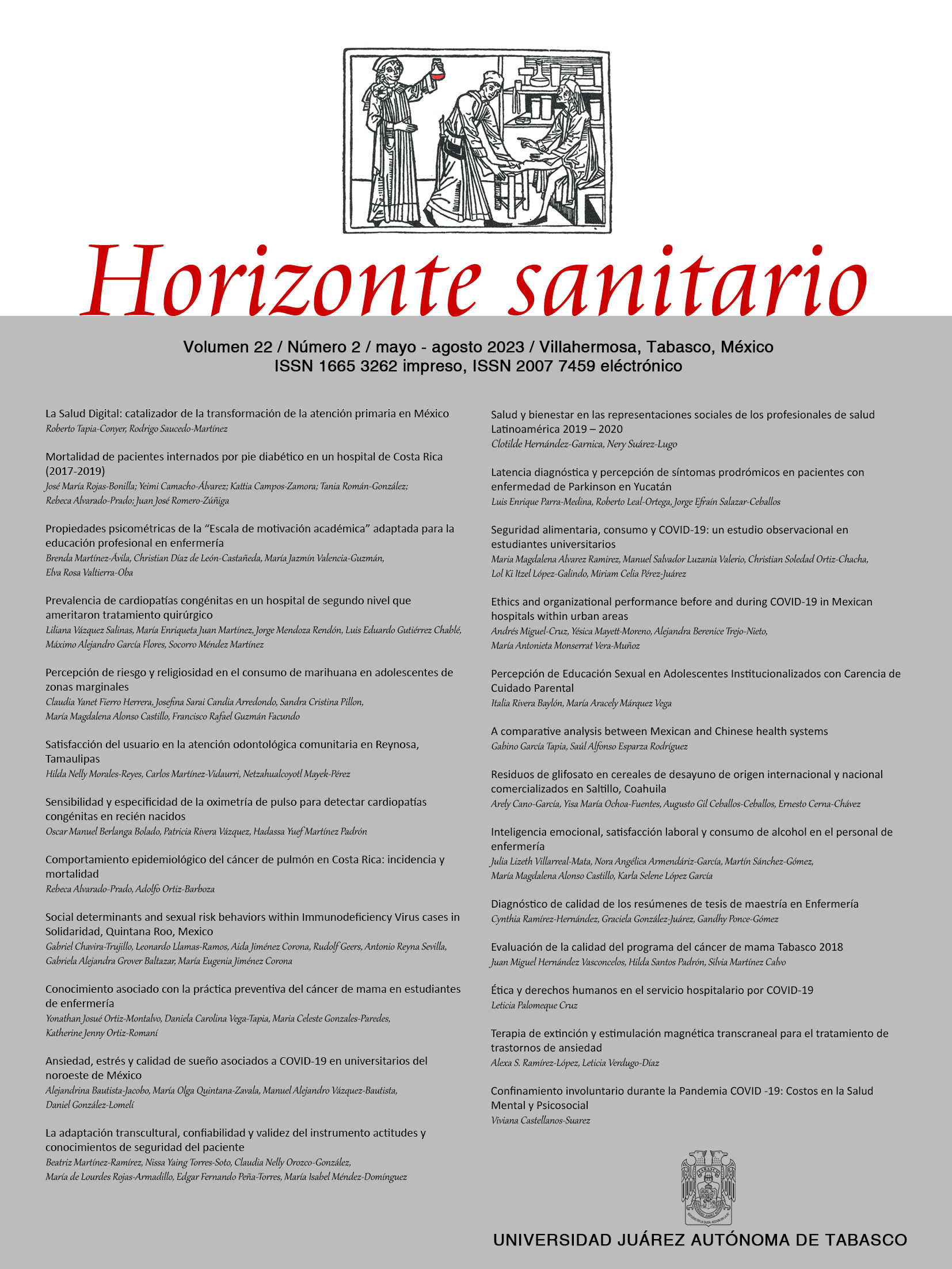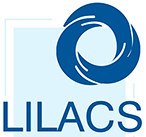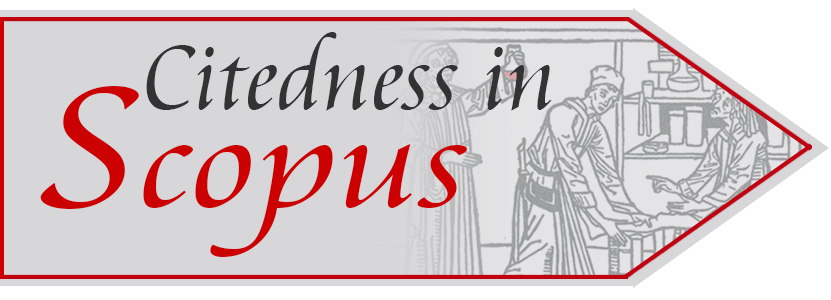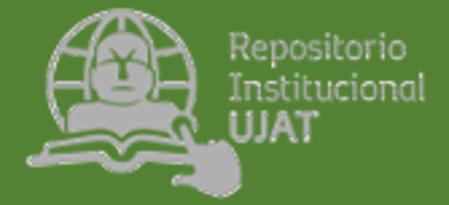Glyphosate residues in breakfast cereals of national and international origin marketed in Saltillo, Coahuila
DOI:
https://doi.org/10.19136/hs.a22n2.5489Abstract
Objective: To detect and quantify glyphosate residues in breakfast cereals marketed in the city of Saltillo, Coahuila.
Materials and Methods: Two samples of 12 different cereal brands were analyzed. A Soxhlet apparatus was used for pesticide extraction and quantification was performed by High Performance Liquid Chromatography (HPLC) using an Agillent model 1100 Series equipment coupled to a UV-Vis detector.
Results: Glyphosate was detected in 100% of the samples analyzed, with concentrations ranging from 170 to 2 400 mg/kg; the samples with the highest concentrations were those of international brands.
Conclusions: All the concentrations detected in the commercial cereal samples exceeded the MRLs established in CODEX ALIMENTARIUS, so it is important to carry out more studies in order to monitor and ensure the safety of the processed products that are consumed.
Keywords: Glyphosate; HPLC; Cereals; Pesticides; Agriculture.
Downloads
Downloads
Published
Issue
Section
License
Copyright (c) 2023 Horizonte Sanitario

This work is licensed under a Creative Commons Attribution-NonCommercial-ShareAlike 4.0 International License.



































